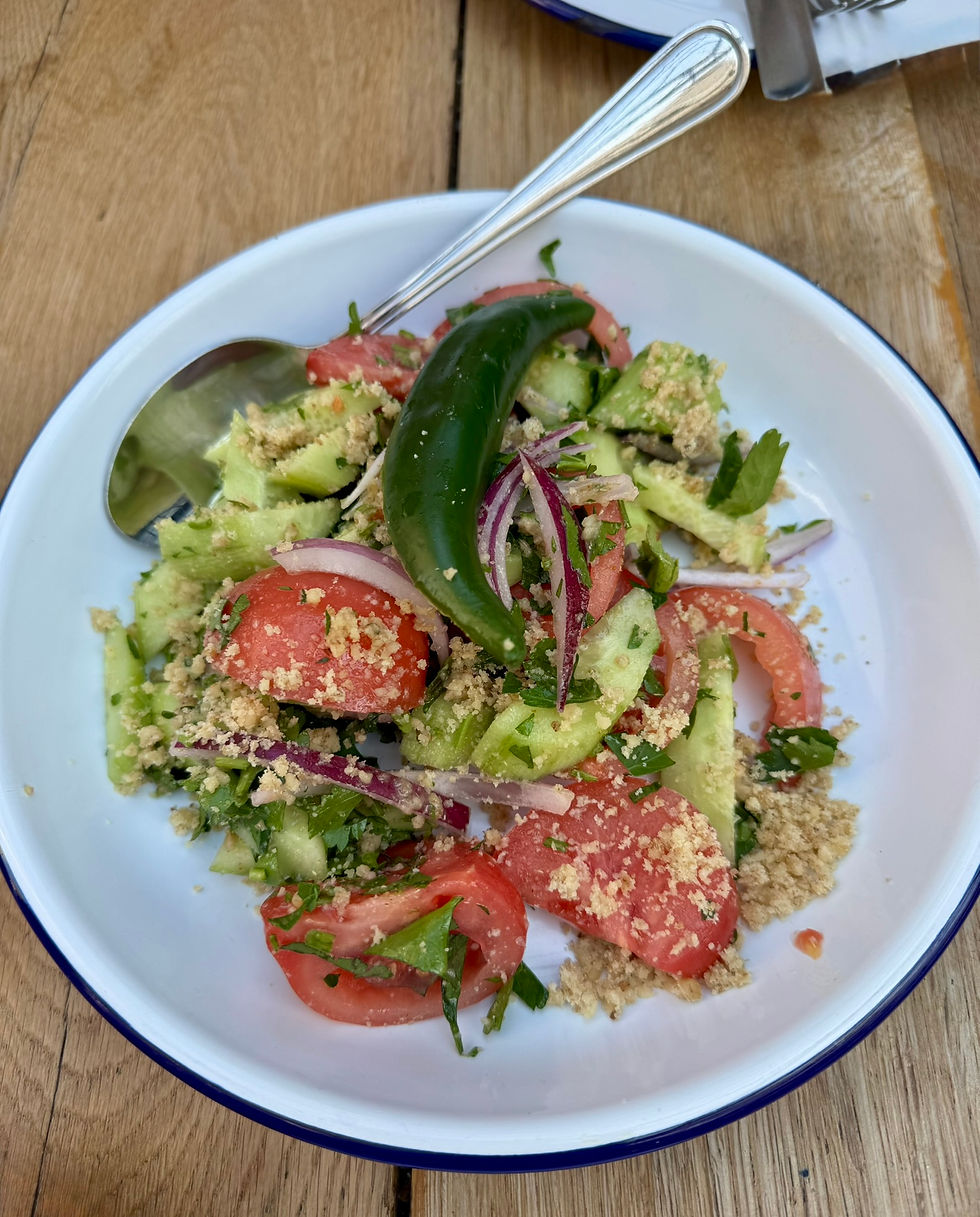Gift of Gods
- worldculturebazaar
- Mar 3, 2021
- 2 min read
Updated: Mar 10, 2021
“They have secret groves, in which they grow certain trees, such as cocoa trees,” wrote the Franciscan brother Diego de Lana in his records from 1566.

Cocoa beans vary in size, color and of course price.
Few people are indifferent to chocolate; it is a magic that has woven its way through centuries. Archaeologists believe that cocoa was first used 5300 years ago, when it was most likely brought from the Amazon region to present-day Mexican territory by the Olmec tribes.

In ancient times, chocolate was completely unlike what we know today: cocoa beans were mixed with water (milk was introduced only later, when the Spaniards brought cows in the 16th century), cornmeal, chili, allspice, vanilla, salt, annatto seeds and other spices. No sugar. It was consumed only in liquid form, just as it still is in the Yucatan Peninsula today.
Some sources say that in Mayan societies, chocolate was enjoyed by everyone, the Aztecs turned it into a drink for the elected, and for them, cocoa beans were more valuable than gold.
The Aztecs associated cocoa with the god Quetzacoatl, who was allegedly cursed by other gods because he shared it with humans as well.
Legendary Aztec commander Montezuma II demanded cocoa beans from conquered people and drunk hot chocolate daily (at least 60 cups) emphasizing strength and abundance. In the Aztec language, the cocoa drink was called xocolatl. It was given to military victors, especially during religious rituals.

Even today, the "food of the gods" is an integral part of Mayan ceremonies, sacrificed to please various Mayan deities. During a Mayan wedding, each wedding witness receives 10 cocoa beans, the rest of which is given to the young man’s father and godfather. This custom is believed to have survived from Pre-Columbian times, when cocoa beans were used as currency: 100 cocoa beans could buy a canoe, 30 beans - a rabbit, 20 - a prostitute, 4 - a fish, an avocado or an egg, and 1 bean could buy a tomato.
Even during the American Revolution (1775-83), chocolate was not only an integral part of a soldier’s diet, but sometimes a means of settlement. Though surprisingly on our trip to Yucatan peninsula, cocoa beans were hard to find. At the beginning of the trip, we bought some at Valladolid market with the hope that there would be plenty more on the road, however they were the only ones we found. Later I found out that the reason for the absence was that they barely grow in Yucatan. Like the ancient Aztec, I "save" them: I chew alone with coffee and share sparingly with my friends 😊
And for those who want to get closer to the Mexican gods, I suggest trying to cook chocolate for themselves😊
Mexican Choocolate:
https://editor.wix.com/html/editor/web/renderer/edit/664379fb-e03b-4e01-9e2d-aac372a55797?metaSiteId=0f9e3be5-7894-4db9-8ae7-c79d36346e21&editorSessionId=14bd9c3f-5e39-4aba-8ea6-628b96b0085a&referralInfo=dashboard
The following images are photos from Chocolate Museum in Valladolid:
http://www.choco-storymexico.com/valla.html

Criollo is one of the best types of cocoa beans in the world. They are valued by chocolate manufacturers for two important reasons: their rarity and taste.







Comments